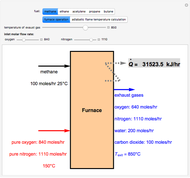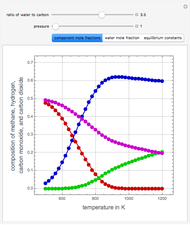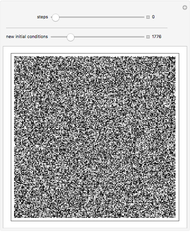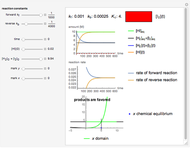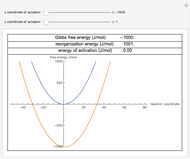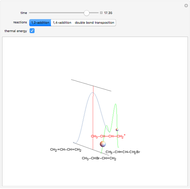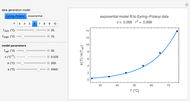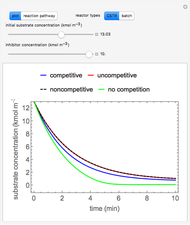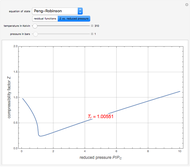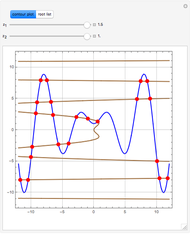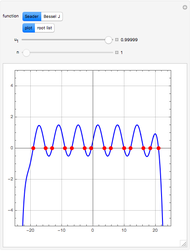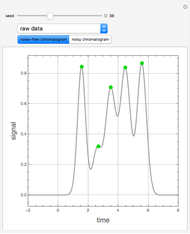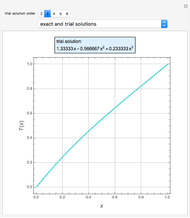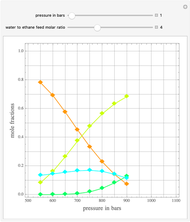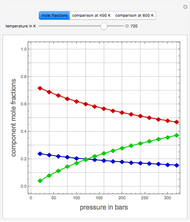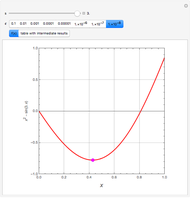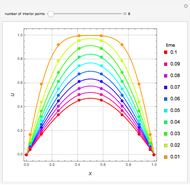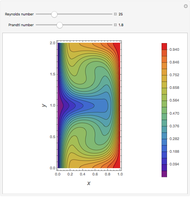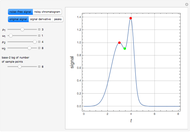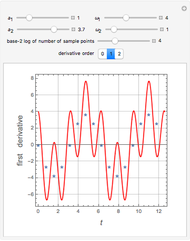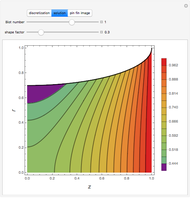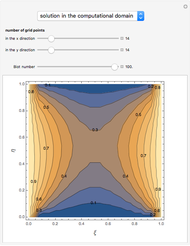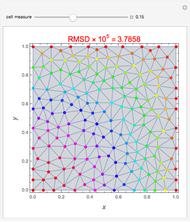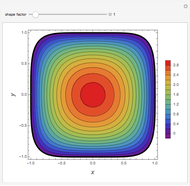Reaction-Diffusion in a Two-Dimensional Catalyst Pellet

Requires a Wolfram Notebook System
Interact on desktop, mobile and cloud with the free Wolfram Player or other Wolfram Language products.
Consider the reaction-diffusion in a two-dimensional catalyst pellet with governing equations and boundary condition:
[more]
Contributed by: Housam Binousand Brian G. Higgins (May 2013)
Open content licensed under CC BY-NC-SA
Snapshots
Details
In the discrete Chebyshev–Gauss–Lobatto case, the interior points are given by  . These points are the extrema of the Chebyshev polynomials of the first kind,
. These points are the extrema of the Chebyshev polynomials of the first kind,  .
.
The  Chebyshev derivative matrix at the quadrature points is an
Chebyshev derivative matrix at the quadrature points is an  matrix
matrix  given by
given by
 ,
,  ,
,  for
for  , and
, and  for
for  ,
,  , and
, and  ,
,
where  for
for  and
and  .
.
The discrete Laplacian is given by  where
where  is the
is the  identity matrix,
identity matrix,  is the Kronecker product operator,
is the Kronecker product operator,  , and
, and  is
is  without the first row and first column.
without the first row and first column.
References
[1] P. Moin, Fundamentals of Engineering Numerical Analysis, Cambridge, UK: Cambridge University Press, 2001.
[2] L. N. Trefethen, Spectral Methods in MATLAB, Philadelphia: SIAM, 2000.
[3] T. R. Marchant and M. I. Nelson,"Semi-analytical Solutions for One- and Two-Dimensional Pellet Problems," Proceedings of the Royal Society A, 460(2048), 2004 pp. 2381–2394. doi:10.1098/rspa.2004.1286.
Permanent Citation


















